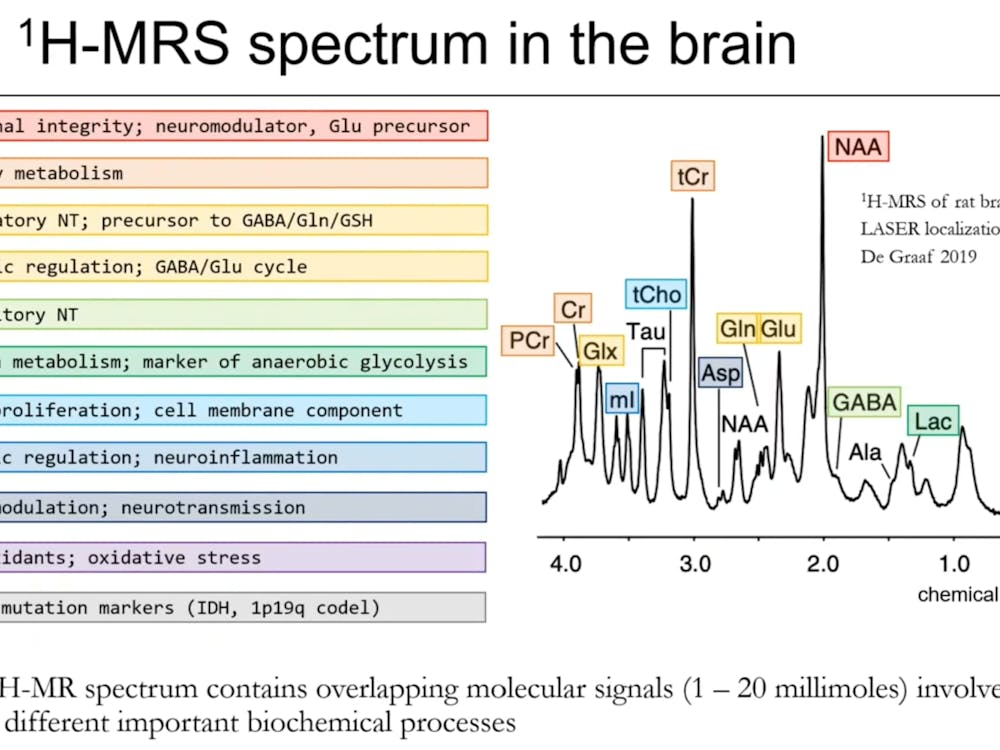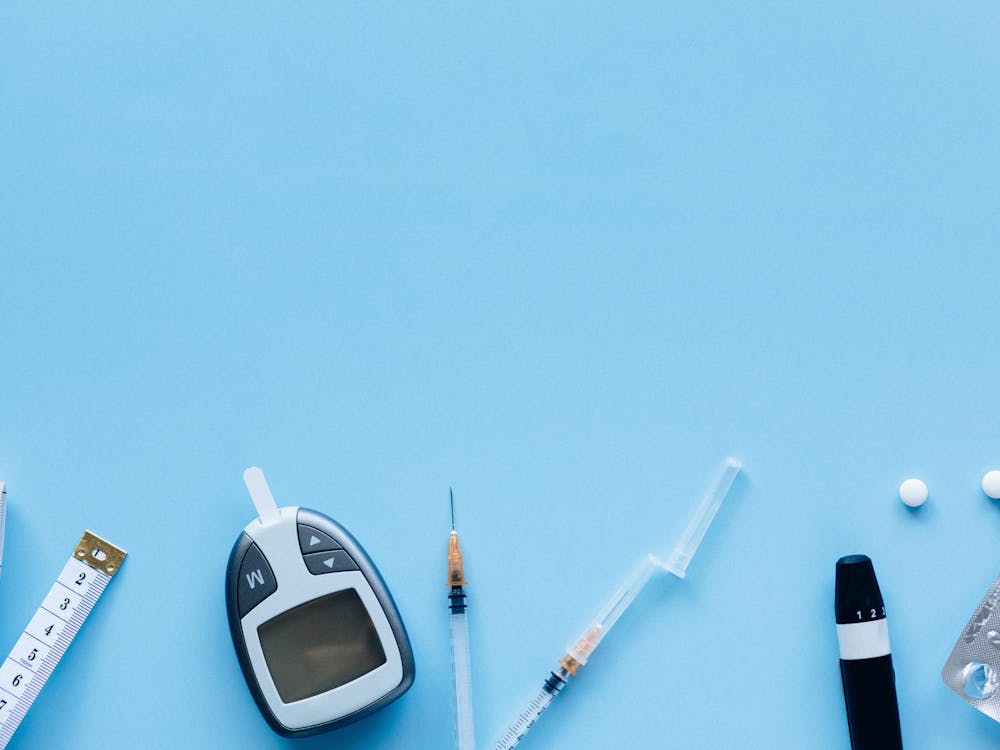Those of us who are drivers have all heard the question, “Do you want to be an organ donor?” If a deceased person is an organ donor, a hospital can remove their organs and transplant them into a patient who is in critical need. By having drivers sign up as donors, our health system is creating a supply of organs needed to save lives.
However, even though organ donations alleviate the strain on hospitals to provide functioning organs, the amount that trickles in is not enough to meet every patient’s needs. In most cases, patients are put on waitlists that last months or even years. Some succumb to diseases before they receive their organs. Since the supply of organs from people isn’t large enough, researchers have turned to other possible solutions. A research team at the University of Edinburgh thinks it can solve the shortage by growing organs in a lab.
At the Center for Regenerative Medicine, a team led by Clare Blackburn attempts to grow organs in living animals. The researchers first isolated fibroblasts, cells commonly found in connective tissue in animals, from mouse embryos by reducing the embryo into single-cell suspensions. The cells are then injected with a gene sequence called Foxn1 in an effort to change the fibroblasts into a different type of cell. The process, termed “reprogramming,” produces a change in the fibroblasts by day 10; the fibroblasts change into a shape more representative of epithelial cells. The Foxn1 sequence mimics the expression of genes in thymus endothelial cells. By introducing a gene into the cell, scientists are able to alter gene expressions and, subsequently, change cell morphology and function.
To test whether the fibroblasts are successfully reprogrammed into cells in the thymus, researchers introduce T cells into plates that contain the treated cells. After incubating the mixture of cells, the team found that the reprogrammed cells behaved like thymus cells, supporting T cell development through the production of crucial proteins. To differentiate these artificially programmed cells from normal thymus endothelial cells, the researchers refer to them as induced thymus endothelial cells (iTECs). They also found that the more densely plated wells with a higher percentage of iTECs offer better support for the development of T cells. The encouraging news prompted the team to mix the reprogrammed cells with other important thymus cells to see their interactions with each other.
The mixture of cells is implanted into a living mouse and allowed to grow. After being left in the animal for four weeks, the cluster of cells grew into a replacement thymus that functions comparably to an adult thyroid. The organ is similar in size and structural complexity to a normal organ. In addition, the T cells that matured in the replacement thymus have been successfully transported throughout the body to carry out their intended functions.
While the experiment offers initial success, more refinements are needed to perfect the technique and to attempt to create an artificial human thymus. However, the discovery of the viability of lab-grown organs highlights a new possibility for healthcare professionals. Patients with defective organs may, in the near future, be offered lab-produced replacements.
The benefit of artificial organs is the high degree of patient specificity. A major hurdle for organ replacement surgery is organ rejection. Since the organ comes from another person, the implants are seen as “foreign” and attacked by the immune system.
These immune responses causes the patient to reject the implant. If lab-grown organs mature into a viable method, the organs can be tailored to the patient’s immune system, reducing the chances of a failed transplant. Furthermore, through the production of organs, patients would not have to wait for long periods of time for their transplants.




